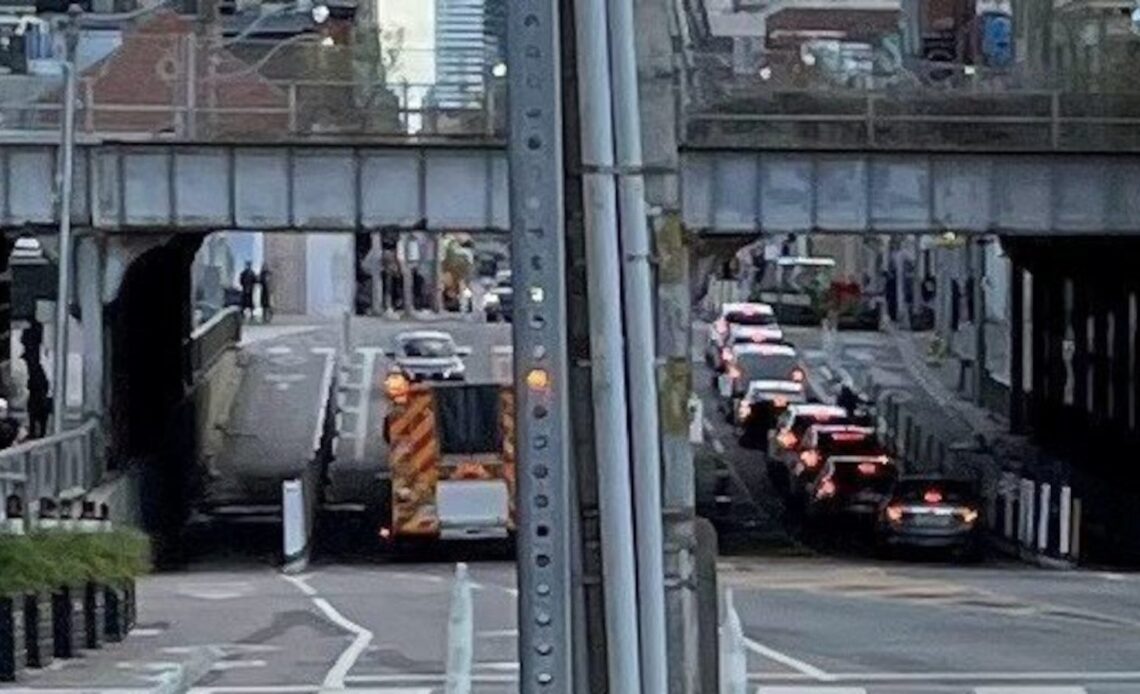Toronto mayor John Tory ruffled feathers when he called thousands of residents “cycling enthusiasts” during a debate on bike lanes. On Wednesday, city council voted 22-3 of making some a bike lane pilot project permanent, but it was not without drama. The separated bike lanes were installed on Yonge Street in midtown Toronto in the summer of 2021 as part of the ActiveTO Midtown Complete Street Pilot. It’s a busy section of road and cyclists often avoid it for safety reasons.
Some residents said that the project should be abandoned, saying lanes have increased congestion, as well as slowing down emergency vehicle access to the area. However, the data collected from the city suggests that is untrue. Information from a study demonstrates that emergency vehicles’ response time is essentially the same as it was before the project.
Warring petitions
Two petitions were circulating prior to the vote, one from a pro-car, anti-bike lane lobby, and another from Yonge4All, which advocated keeping them. 8,796 people signed the petition, citing the fact that the infrastructure was important for residents, young and old.
Robin Richardson: A fierce advocate for bike lanes in Toronto
The petition cited the study. “More people are walking (up over 140 per cent) and biking (up as much as 162 per cent),” the group’s statement read. “In addition, the corridor has more streetside cafes (21), an indication that CafeTO is both popular and profitable. Furthermore, we are hearing that people find Yonge to be safer, quieter and the traffic calmer. This project follows the proven success of other complete street makeovers such as Danforth Avenue and Bloor Street, while supporting Toronto’s climate goals, by encouraging low carbon modes of travel such as walking, biking and taking transit, as well as the City’s Vision Zero road safety plan.
Council debate about project’s future
During the debate, when asked about those 8,000 people who signed this petition, Toronto John Toronto was not exactly effusive. Tory called the petition-signers “cycling enthusiasts,” and that he thought it was worth considering the people in the neighbourhood who have “signs on their lawn” opposing the bike lanes.
The mayor then backpedalled somewhat, saying he was in favour of keeping the project, but extending its pilot status. “Why is there a rush to do this?” he asked “We can spend the time earning the confidence of the local people who I believe have spoken far…
Click Here to Read the Full Original Article at Canadian Cycling Magazine…

